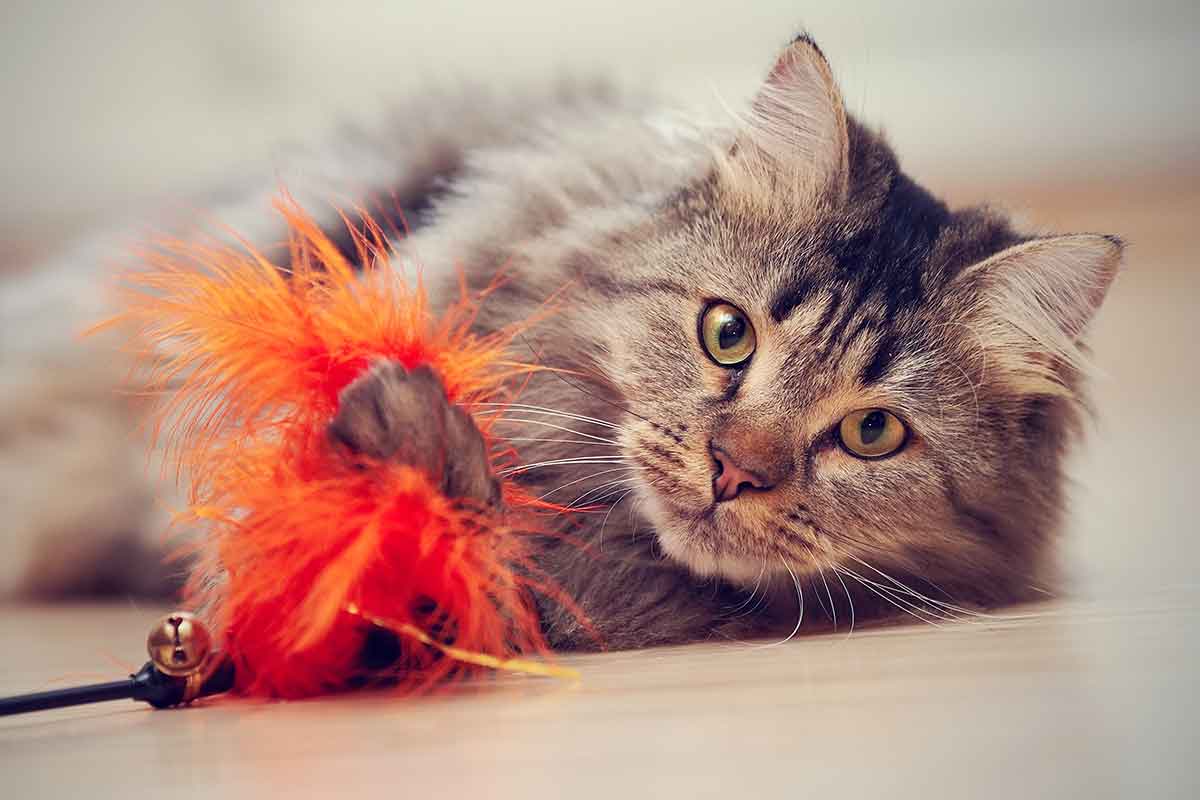Feline what?
Pay attention, Catvocates. This is the important stuff. Enrichment is the dollars and sense of cat care: if you follow this common-sense advice, you’ll save dollars at the veterinary clinic.
Cats Are Safest Indoors
The American Association of Feline Practitioners recommends that people keep cats indoors in suburban and urban areas. Cats are safest indoors. A recent study that monitored 60 pet cats roaming a suburban area discovered cats frequently engage in dangerous behavior. They cross busy roads, put themselves in close contact with other cats, ingest unfamiliar substances, and explore dangerous locations. Sort of like teenagers.
Keeping your cat indoors provides protection from the following hazards:
- Moving vehicles: Cats frequently cross busy roads and put themselves in danger of being hit by cars and trucks.
- Attacks from animals: Outdoor cats can be seriously injured or killed in attacks by other felines, raccoons, loose dogs, foxes, and coyotes.
- Human cruelty: Outdoor cats are at risk of abuse from humans through traps, BB guns, stones, or other means.
- Diseases: With millions of stray and feral cats roaming the U.S., there is a high chance of your outdoor kitty coming into contact with disease carriers. Deadly conditions such as feline leukemia and feline AIDS can pass between cats. Outdoor cats are also at risk for parasites and pests such as fleas, ticks, and intestinal worms.
- Poisons: Outdoor cats can accidentally ingest poisons such as antifreeze. They may also be exposed to poisons indirectly by hunting rodents and pests that have eaten poisoned bait.
Bring The Essentials Indoors. When we bring cats indoors, we are protecting them, but we are also depriving them of their natural habitat. A human home is made just right for humans. To cats, a human home is just a great big cozy cage. It lacks certain things that are essential to their health and happiness. And when their innate needs are not met, they experience fear, anxiety, and stress. The good news is that veterinarians and behaviorists have devoted entire careers to figuring out exactly what these essential things are and how we can make our homes into a habitat where cats can thrive.
Experts agree that to give your cat the life he deserves, you need to provide an enriched environment in your home. The AAFP encourages environmental enrichment as a way “to obtain and preserve optimal physical and mental health for our feline family members.”
The innate needs of cats are not always intuitive. A cat’s needs are very different from the needs of a human. They are also very different from the needs of a dog. We need to celebrate and understand cats as the unique and special species that they are. When we understand the natural state of the cat, we can create an indoor living environment that fulfills his or her physical and mental needs. And it’s not hard to do.
Environmental enrichment can be broken down into five main categories:
- Physical resource system–space
- Nutritional system–food and water
- Elimination system–litter box
- Social system–social contact
- Behavioral system–body and care
Stay tuned for an exploration of each of these five categories of environmental enrichment, and tips on how to make your cat happier.
This article was reviewed/edited by board-certified veterinary behaviorist Dr. Kenneth Martin and/or veterinary technician specialist in behavior Debbie Martin, LVT








